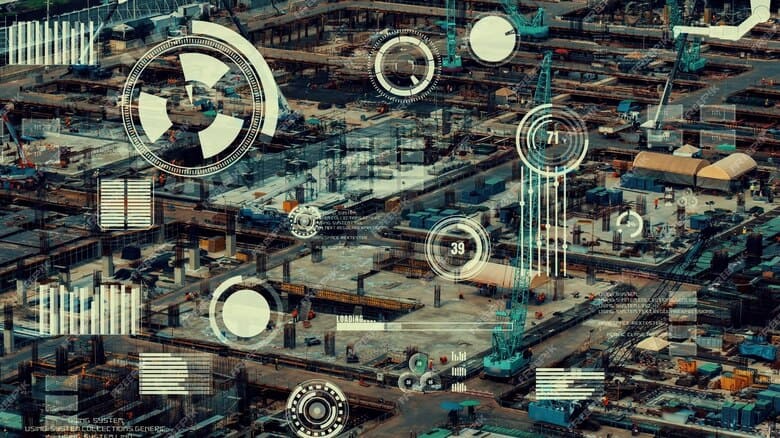How Technology Is Improving Construction Site Safety

Prudent construction business owners will keep an eye on emerging developments in technology, so they can accomplish more with fewer resources and maintain a competitive advantage over rivals.
A case in point is how construction businesses harness technologies to create safer construction sites.
For example, installing a robust computer system designed for reporting near-miss incidents will allow your organization to capture enough data to conduct statistical analysis, perform correlation studies, and measure worker performance in the context of on-site job safety. A near-miss reporting system can help you decrease accidents going forward. Depending on the project, you can use different software to complete the necessary information. With drywall estimator software, you can accurately calculate the number of materials needed for a project, create detailed estimates, and track expenses in real-time. This can help streamline the bidding process and ensure projects stay within budget.
From drones and robotics to wearables and virtual reality (VR)/augmented reality (AR) systems, there are many approaches available to your company for integrating high-tech solutions in your organization.
1. Drones Offer a Roving View of Your Assets From High
You can finish surveying a site with greater accuracy and speed by using drones in the sky instead of relying on workers maneuvering around on the ground with hand-held systems. A benefit of using drones is that their cameras provide high-resolution imagery while collecting data that you can use to make topographic models and maps with three-dimensional views.
Such details cost less to gather than if you sourced your aerial images from satellites. What’s more, drones give you a current look at the location. Since drones help you see obstructions such as skyscrapers or access areas such as bridges, logistics at job sites are simpler than when your team uses a boots-on-the-ground approach to surveys.
2. Robotics Go Places Too Challenging for Humans
Deploy autonomous robots and telepresence robots to patrol high-risk areas for tasks such as excavating the site, or to handle dangerous materials.
Telepresence robots copy the actions of a human operator, such as moving a camera to the left when the person swivels his or her neck to the left, or grabbing an item with a mechanical arm when the human actuates virtual controls.
3. Keeping Tabs on the Situation With Wearables
Outfit your employees with wearables such as helmets and smart vests to quickly detect toxins in the environment. You also use data transmitted from wearables to keep track of each worker’s location and his or her vital signs in real-time.
Wearables track skin temperature, pulse, and respiration to spot signs of trouble. You can see details such as a worker’s posture and body movements to identify signs of exhaustion or even intoxication.
When live data from wearables indicates carbon monoxide building at the job site, you’re in a position to respond quickly to safeguard employees. Since you can access workers’ precise location with GPS technology, it’s easier to locate a fallen employee after an accident or other emergency.
4. Virtual Reality for Enhanced Safety in the Real World
While VR is quite popular in the entertainment industry, the construction sector is also relying on virtual reality and augmented reality systems to bolster worker safety. Use a VR/AR system to enhance safety training during the onboarding process.
After you design a building with a Building Information Modeling (BIM) system, your employees can “walk through” the site in virtual reality, to become accustomed to the nature of the work they’ll be doing on-site. Simulating what the environment is like before setting foot on the construction site can help your team identify risks and avoid accidents and mistakes, since they’ll already be more familiar with the terrain.
Maintaining a Safer Construction Worksite with Technology Can Help You Attract New Employees
Using technology such as virtual reality, drones, robotics, and wearables to enhance construction management services should boost safety at your worksites as well as increase efficiency. Another benefit is that workers will have more motivation to join your team when they observe the efforts, you’re making to keep them safer.
Read More:
- Features of Accounting Software for Construction Companies
- Tips That Every Construction Company Needs to Know
Charlotte Youell is the Senior Marketing Coordinator for Sevan Multi-Site Solutions, a global leader in design, program management, construction services, and data analytics. She uses her expertise in digital strategy and social media management to orchestrate impactful digital initiatives and drive lead generation. Her role also encompasses shaping comprehensive digital strategies; optimizing the internal and external website content; and providing detailed, data-driven reporting.








